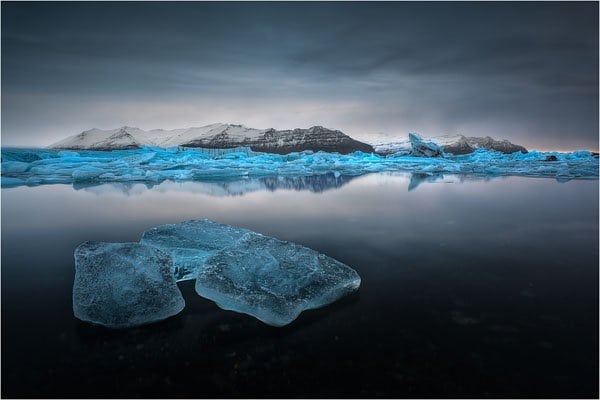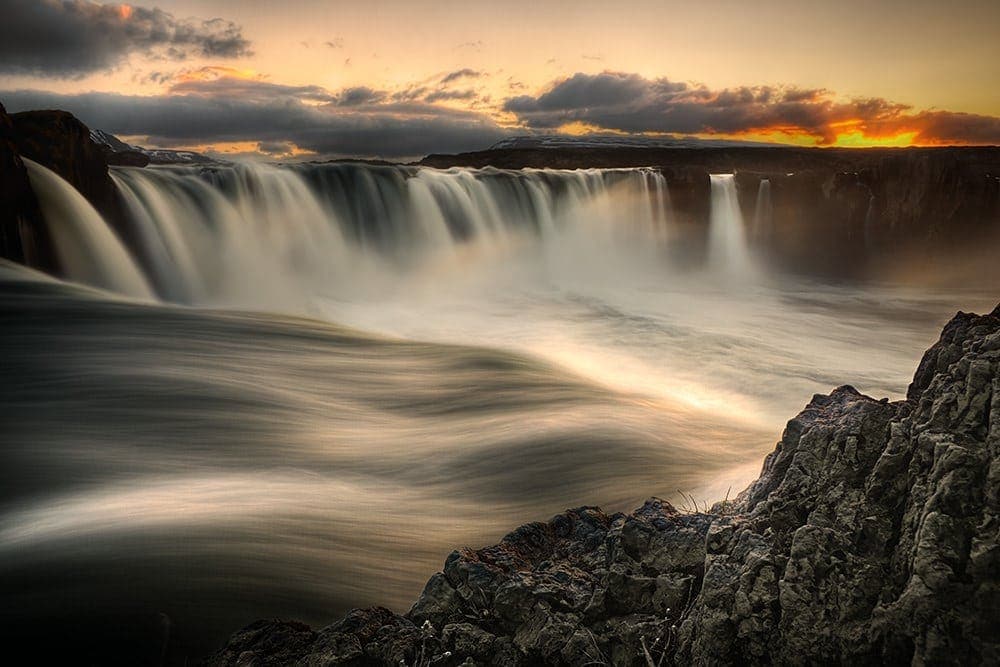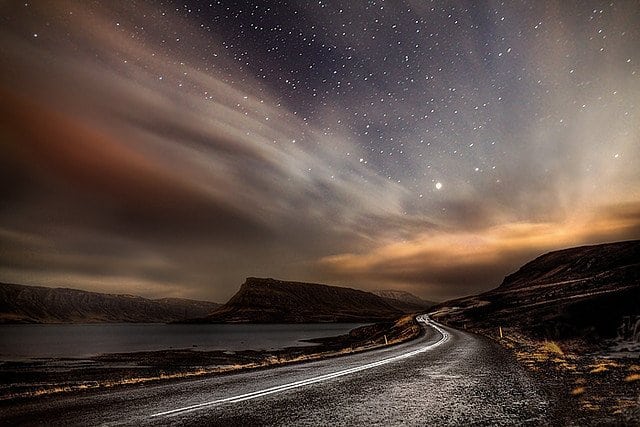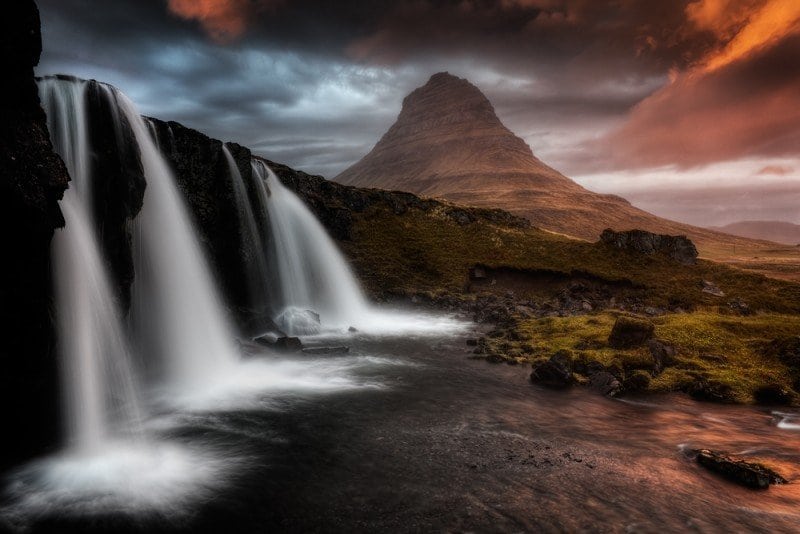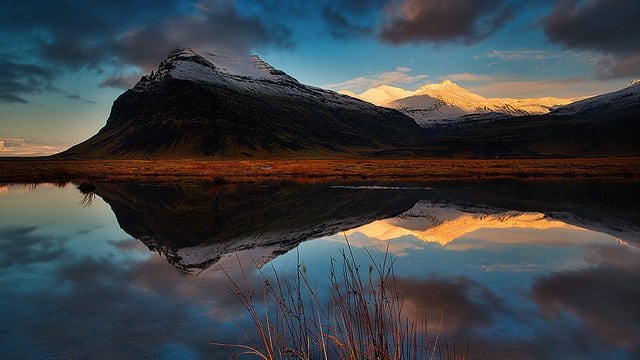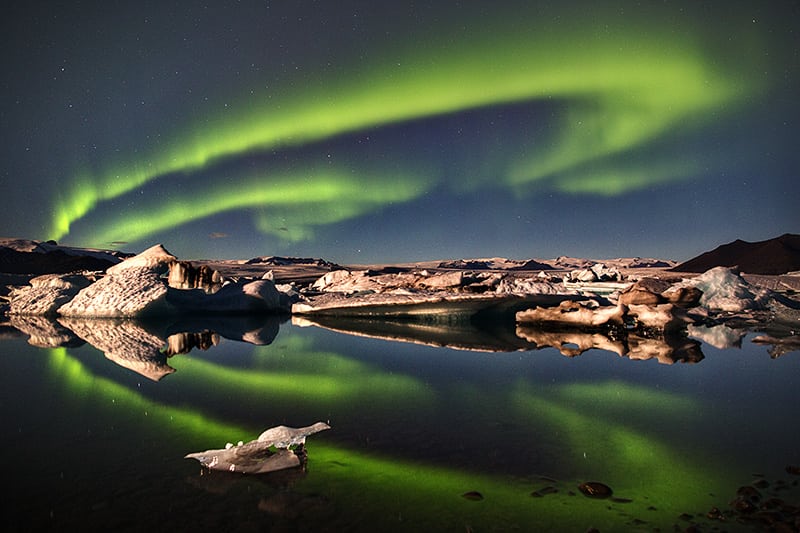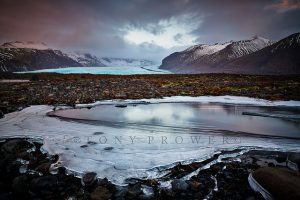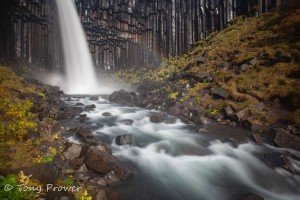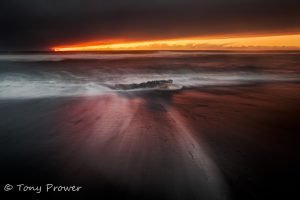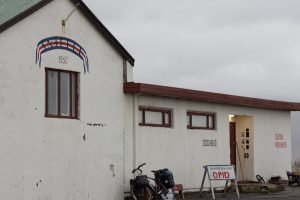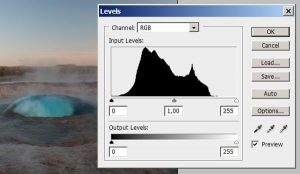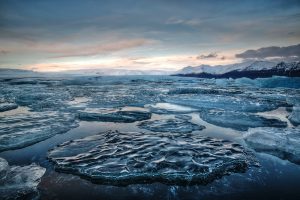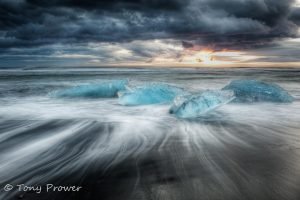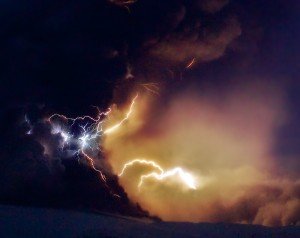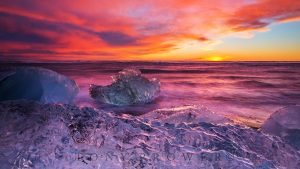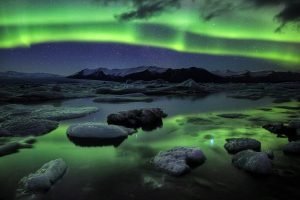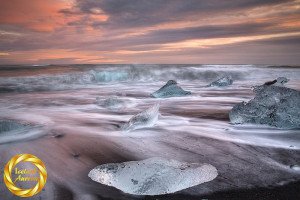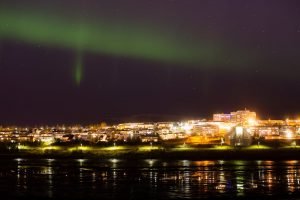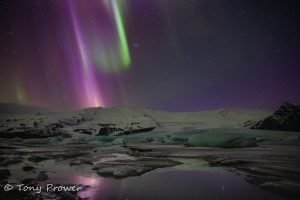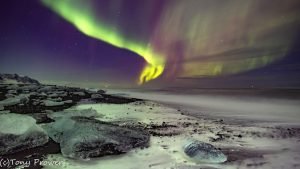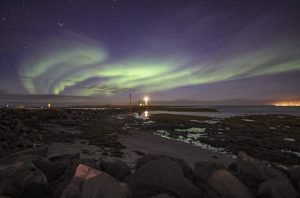This is an ironic thing for you to be reading because while you are reading this you are using very little depth perception – everything in your field of attention is at the same distance away. The task of reading this doesn’t require any depth perception. When you look at a photograph the same is true that everything in your field of attention is at the same distance, but looking at a photograph requires that you use depth perception to make sense of the scene.
The perception of depth in a photograph is so important to understanding the scene, to be able to judge distances and sizes but mostly to get the feeling you are there. Understanding Depth Perception is fundamental to creating effective photographs. A photograph is 2 dimensional, but with the right composition it can feel 3 dimensional. In Modern psychology, Depth perception is normally split into 2 types: Binocular (using information from 2 eyes; Monocular (using information from 1 eye). Binocular depth perception is only relevant at close range, the most powerful is the signal from the eye muscles to the brain as the eye balls focus on a close object (a few centimeters from the face). If you look at the end of your nose, you will feel the eye muscles “Converge”. Although interesting, this is not relevant here. Most of our depth perception is monocular. This doesn’t really mean that we see through one eye, but having 2 eyes is no benefit for monocular depth perception.
Monocular (Pictorial) depth cues include
- Occlusion
- Height in the visual field
- Converging lines
- Texture gradient
- Size of objects
- Lighting and shading
- Ariel perspective
- Accommodation
- Motion Parallax
- Reflections
Occlusion
This simply means “Over-lapping”. If object A overlaps object B, we assume that the object A is closer than object B. This is a very strong depth cue because it would be physically impossible to have a distant object overlap a close object. In the following picture you can see how the bottom right rock overlaps the river which overlaps the waterfall.
Height in the visual field
Below the horizon, closer objects are lower in the picture. Above the horizon, close objects are higher in the picture, this is why it is so much better to have clouds in your landscape as opposed to a flat blue sky. In the picture above you can see the depths of objects have a different height in the image with the closest object being at the bottom. Knowing this can help you understand the importance of the foreground in wide angle landscape work. Simply put, if you have interesting clouds and a good foreground, you are 90% towards successfully conveying depth.
“Oh that’s really obvious” – yes a lot of psychology is making the very simple ultra complicated!
Converging lines
As parallel lines go into the distant, they become closer together. This is the classic train track shot, but works just as well with a road. See how the road below gets thinner as it moves higher in the picture, this gives the sense of distance.
Texture gradient
You might be able to see in the picture above how the texture become darker and less detailed as it appears to reach into the distance. Distant objects typically have less contrast and less clarity than close objects.
Size of objects
This closely relates to the previous 2 cues. If an object is repeated in the scene the smaller versions will appear further away. The 3 waterfalls of Kirkjufellsfoss are around the same size, but you can see the futher waterfall is smaller than the closer waterfall. How many other Pictorial Depth cues can you spot in the picture below?
Lighting and shading
If you look at the balance of light and shade in the scene above you will see light on the right side of Kirkjufell and Shade on the left. It is the shape of the light and shade that give us information about the shape of the mountain. We can see it is not a flat shape, but has some roundness… this is depth perception. Did you pick up this cue from my previous question?
Ariel perspective
This is a very powerful cue in ultra-wide angle photography. This relates to the curvature of the lens giving powerful cues of depth. Unfortunately, I don’t have anything wider than 24mm, so I can’t show any demonstration. Next time you see a fish-eye image, see if you get a sense of depth from the lens distortion.
Accommodation
This simply refers to focus. Accommodation is the brain sensing the lens focusing at a particular distance. This is interesting in photography, because portrait or product photographers will often use a shallow depth of field to give the sense of accommodation. Although, it is not real accommodation, having a small DOF can give a sense of depth.
Motion Parallax
Motion parallax is the phenomenon observed if the viewer is moving. If you are looking out of the window on a train or bus, you might notice how closer object zoom past quickly and distant object move past very slowly.
This one doesn’t really relate to photography unless you get deep into landscape panoramas. If you are shooting a panorama with a foreground, you would need a specialist tripod head to set the camera back on its axis to avoid the parallax as you swing the camera round for each frame.
I know this might seem a bit technical, but the concepts are quite simple and we do it automatically and without thinking most of the time. I feel that by knowing and understanding these depth cues, you have the ingredients for a successful landscape recipe.
Reflections
Finally, I want to introduce you to a pictorial depth cue that is not included in the Psychology text books… Reflections. Reflections are a favourite for landscape photographers for several reasons. A reflection can double the beauty of a scene, if you have a beautiful mountain, you now have 2 beautiful mountains. Fantastic colours in the sky – now you have those colours throughout the scene. If you try to avoid putting the horizon in the middle of your frame to avoid symmetry, a reflection allows you to break that rule by making the “Symmetry” a feature of the shot. Most of all a reflection can add depth to your scene. Because the angle of incidence equals the angle of reflection, a true reflection will give you a slightly different perspective on the reflected object. Can you see the slightly different shape of the reflected mountain?
Can you see how different the reflected aurora is to the real aurora, see how it interacts with the reflected ice.

